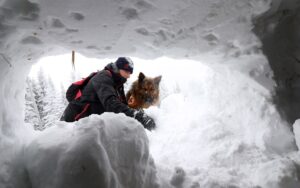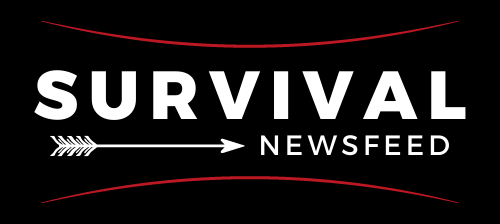As winter weather takes hold across much of the United States, skiers, snowboarders, and other outdoor activities head out into the cold to take advantage of snow and ice.

While these activities are a great way to spend time in the cold, they also come with dangerous risks. Avalanches, in particular, pose a real danger to individuals and groups who venture out into areas at risk of avalanches.
The Colorado Avalanche Information Center (CAIC) reports that avalanches are responsible for an average of 27 yearly fatalities in the United States. While this number may seem small, consider that over 100,000 avalanches occur annually in the US. Thankfully, measures are in place to help keep people safe and protect them from such an incident.
Before heading into areas with the risk of avalanches, check with a local avalanche forecasting system to stay informed and aware of the current danger in the area.
Taking proper rescue gear, such as a probe pole, a transponder, and a shovel, is also essential to staying safe in areas prone to avalanches. These pieces of equipment can help locate and recover people in the event of an avalanche.
When the unexpected happens and an avalanche occurs, the most important thing to do is move quickly. Try to move toward the edge of the snow, as it will have less force and is less likely to bury people under multiple feet of snow.

If escaping the avalanche isn’t an option, roll yourself into a ball and tuck your head to protect yourself from blows and trauma.
Once the avalanche passes, try to remain calm and relax, as this helps preserve your oxygen levels. If you can, stay still and use the rescue gear to signal for help. Sometimes, waiting for other people in the area or for search and rescue crews to arrive may be necessary.
Being prepared and aware of the dangers associated with winter activities is one way to stay safe and protect yourself from avalanche-related danger. Keeping updated on the conditions in avalanche-prone areas and bringing the proper equipment could be the difference between life and death.
Working with professionals can also help ensure the experience is as safe as possible. Remember, safety first and to listen to avalanche warnings.


